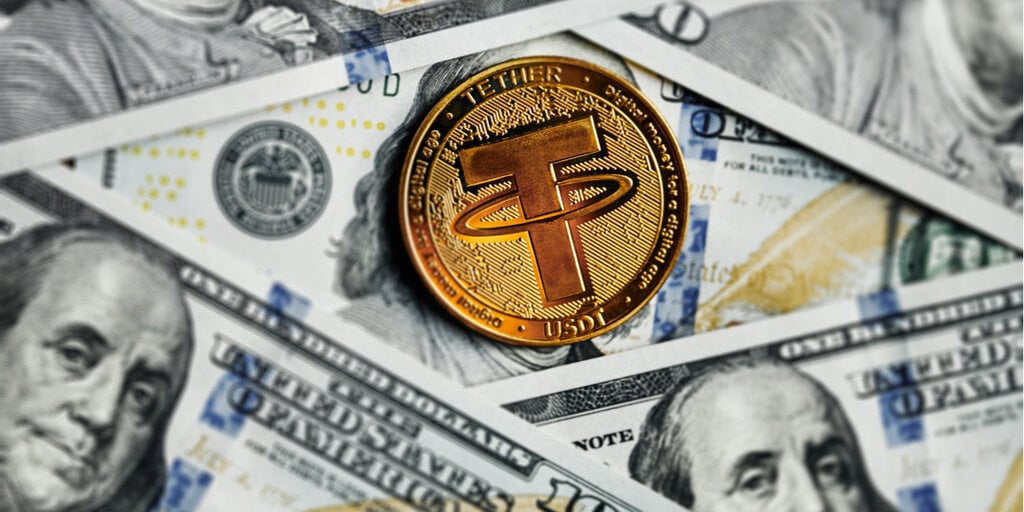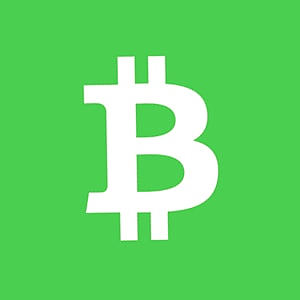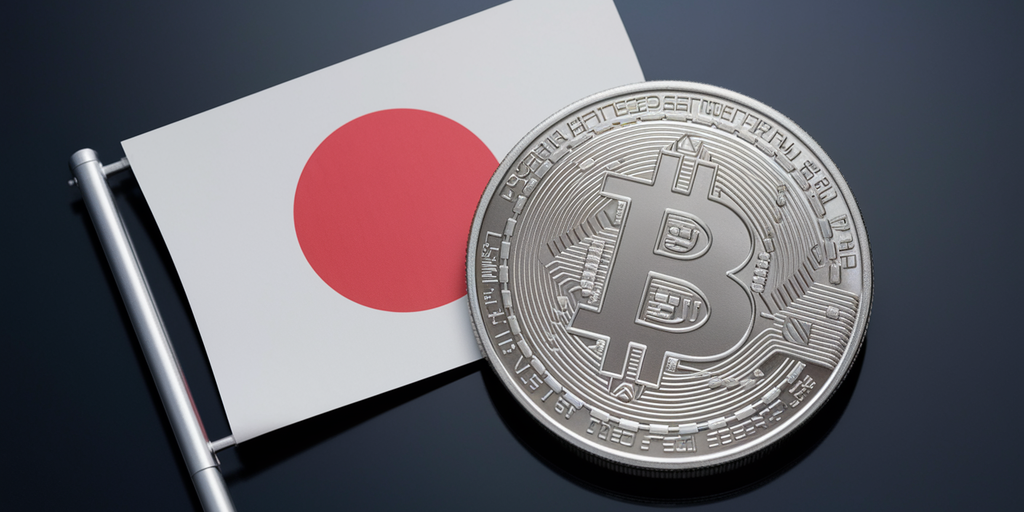Summary:
China's central bank introduces a major stimulus package to revitalize the economy.
Governor Pan Gongsheng announces lower borrowing costs and increased bank lending.
The Reserve Requirement Ratio (RRR) will be cut, freeing up 1 trillion yuan.
Measures include lowering mortgage interest rates and down payments to 15%.
Asian stock markets reacted positively, with indexes in Shanghai and Hong Kong up over 3%.
China's Central Bank Takes Action
China's central bank, the People's Bank of China (PBOC), has introduced a major stimulus package designed to revive the nation's struggling economy. Governor Pan Gongsheng announced initiatives aimed at lowering borrowing costs and enabling banks to boost their lending capabilities.
Economic Context
This announcement follows disappointing economic data that has heightened concerns about China's ability to meet its 5% growth target for the year. In response, stock markets across Asia surged after the news broke.
Key Measures Introduced
- Reserve Requirement Ratio (RRR) Cut: The PBOC plans to reduce the amount of cash banks must hold in reserve by half a percentage point, freeing up approximately 1 trillion yuan (around $142 billion). Another cut may be on the horizon later this year.
- Support for the Property Market: To address the crisis in the real estate sector, the measures include lowering interest rates on existing mortgages and reducing the minimum down payment for homes to 15%.
The real estate industry has been in turmoil since 2021, with numerous developers failing, resulting in many unsold homes and unfinished projects.
Global Influences
This stimulus package was unveiled shortly after the US Federal Reserve cut interest rates for the first time in over four years, creating a ripple effect in Asia's financial markets. During afternoon trading, major stock indexes in Shanghai and Hong Kong saw gains of over 3%.
As China navigates through these economic challenges, the effectiveness of these measures remains to be seen.






:max_bytes(150000):strip_icc()/WhattoExpectFromBitcoinandCryptocurrencyMarketsin2025-12ed9a9f2e8c42a5b2477933ea62fe0d.jpg)


Comments